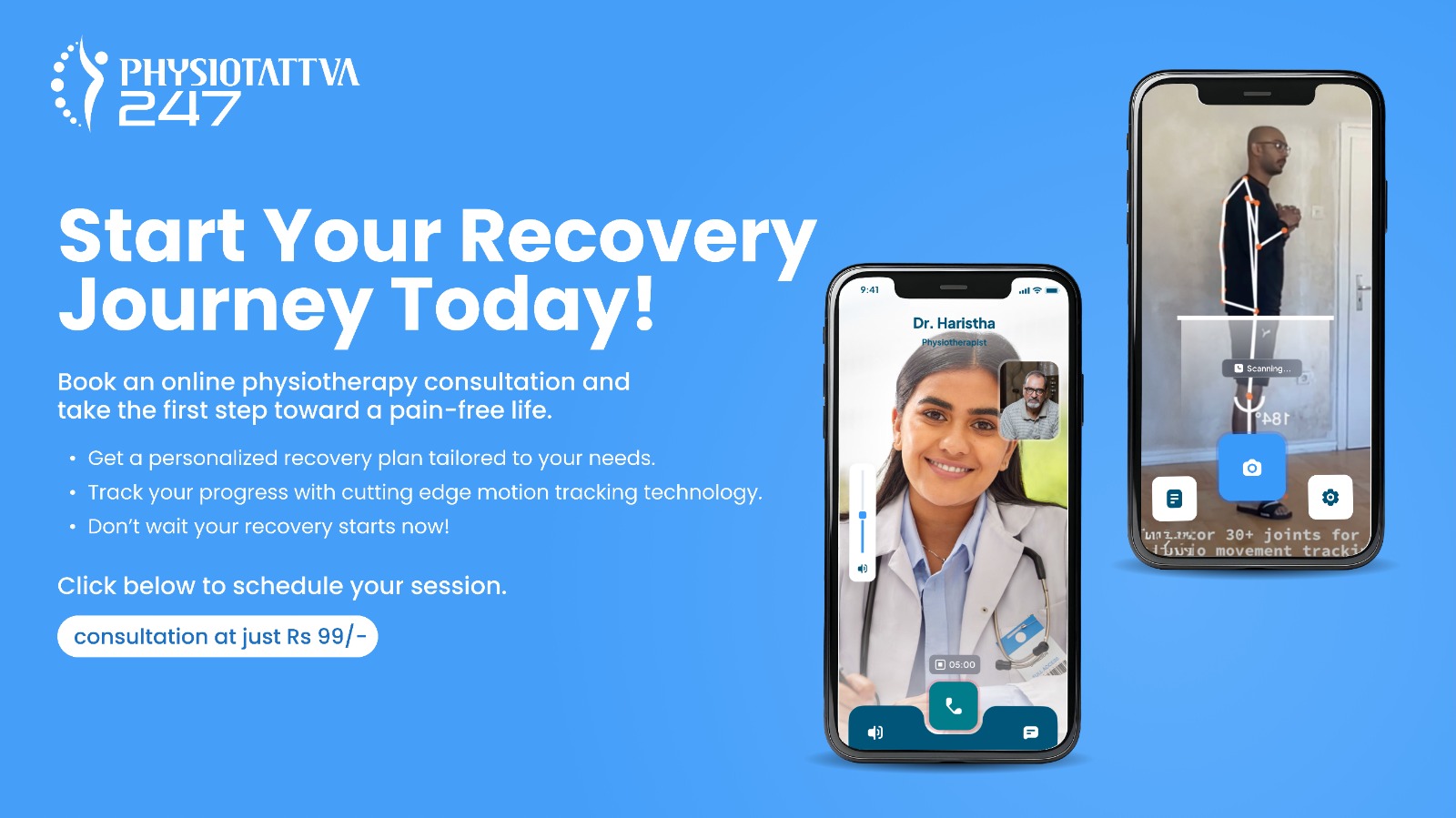Ultrasound Therapy Treatment in Physiotherapy
If you're dealing with pain, inflammation, or a soft tissue injury, ultrasound physiotherapy offers a modern, non-invasive path to recovery. Using targeted sound waves, this treatment promotes circulation, reduces swelling, and accelerates healing at the cellular level. At Physiotattva, our expert physiotherapists customise each session to match your condition and goals—whether it's post-injury care or chronic pain relief. Experience the benefits of advanced ultrasound therapy designed to restore comfort, mobility, and overall function.
Ultrasound Physiotherapy: What is Ultrasound Therapy Treatment and How it Works
Ultrasound therapy is a therapeutic modality that uses sound waves, or ultrasound, to treat several medical conditions. Ultrasound therapy can reduce inflammation and pain and improve the range of motion of joints and muscles. It also helps speed healing in chronic and acute injuries of the muscles, tendons, and ligaments, as well as for some underlying medical conditions. Ultrasound therapy in physiotherapy is widely recognised for enhancing tissue healing and reducing pain non-invasively.
The therapy also induces energy into the body, creating small gas bubbles that expand and contract quickly around the tissues. Due to the contraction and expansion of the bubbles, the injured tissues heal faster. Physiotherapists with licenses and qualifications can apply the therapy for an effective outcome. The treatment procedure can be used for different tissues and is highly beneficial.
How Does Ultrasound Therapy Work
Ultrasound therapy works by transmitting high-frequency sound waves into the affected tissues. These waves cause gentle vibrations that generate deep heat, enhancing blood circulation and accelerating the body’s natural healing process. This method is commonly used in ultrasound physiotherapy to treat both acute and chronic musculoskeletal conditions effectively.
What Makes It Effective for Pain and Inflammation
The effectiveness of ultrasound therapy treatment lies in its ability to target deep tissues without invasive procedures. The therapy stimulates cellular activity, reduces swelling, and breaks down scar tissue, which helps in managing inflammation and chronic pain. This makes ultrasound therapy in physiotherapy a reliable choice for soft tissue recovery.
How Ultrasound Therapy Supports Recovery
Ultrasound therapy in physiotherapy combines modern technology with therapeutic techniques to support recovery from injuries and joint conditions. It is a non-invasive treatment that promotes healing at a cellular level by improving circulation, reducing inflammation, and relaxing muscle tension, all of which contribute to faster rehabilitation.
Ultrasound Waves
Ultrasound waves are sound waves with a frequency above the range of human hearing. The waves generate small vibrations that travel through the tissues and stimulate them to heal.
Deep Tissue Stimulation
Ultrasound therapy also encourages deep tissue stimulation, as the waves penetrate the tissues and muscles, stimulating them to increase circulation and heal.
Top Ultrasound Therapy Benefits for Pain & Recovery
Ultrasound therapy offers many potential therapeutic benefits for pain or injury patients.
- Flexibility: Applied Ultrasound Therapy is designed to improve the flexibility of tendons and ligaments, reducing their stiffness and enhancing their ability to move quickly and more efficiently.
- Pain & inflammation reduction: For beginners, the therapy relieves pain and heals the deep tissues in the body. It also reduces muscle spasms and tightness, inflammation that may be identified as the root causes of pain, and speeds up healing.
- Relaxing tension in the tissues: Ultrasound therapy treats musculoskeletal conditions caused by muscle tissue damage from accidents or injuries. Providing deep heat to the tissues relieves tension and increases blood flow, helping cells receive healing fluids. This makes it effective in treating soft tissue lesions and surgical wounds.
- Improved Circulation: Ultrasound Therapy may help increase circulation, freeing up vessels and allowing blood to flow more freely to areas needing healing. This improved circulation also helps to increase the speed of recovery of tissue.
- Breaking down scar tissue: The effect of the therapy causes small vibrations, affecting the fibers and causing the scar tissue to form. The scar tissue breakdown increases motion range and maintains it for long-term relief.
Types of Ultrasound Machines
Ultrasound machines come in two primary types: diagnostic and therapeutic.
Diagnostic Ultrasound Machines
Diagnostic ultrasound machines are primarily used for imaging internal organs and tissues. They emit high-frequency sound waves that help visualise conditions such as abdominal disorders, cardiac issues, or pregnancy progress. While not used directly in physiotherapy, they assist in identifying underlying causes that may need ultrasound therapy treatment support.
Therapeutic Ultrasound Machines
Therapeutic ultrasound machines are specifically designed for ultrasound therapy in physiotherapy. They deliver lower-intensity sound waves that penetrate deep into soft tissues, promoting blood flow, reducing inflammation, and accelerating tissue repair. These machines are compact, cost-effective, and widely used in clinics for treating musculoskeletal injuries and chronic pain.
Ultrasound Therapy Treatment for Pain Relief
Ultrasound therapy treats pain and reduces inflammation through trigger point therapy and deep tissue stimulation.
Trigger Point Therapy
Trigger point therapy is a technique that is used to release trigger points in muscle tissue, allowing the muscle to relax and reduce pain. The ultrasound therapy machine applies pressure to these trigger points while a gel increases conduction.
Rapid Pain Relief With Ultrasound
Ultrasound therapy reduces pain by producing small vibrations in the tissue, which can increase blood flow and improve conditions for healing. It can also reduce swelling and increase the range of motion of joints and muscles.
Ultrasound therapy can provide rapid relief to those experiencing pain or injuries, as it is a safe and effective way to reduce pain and inflammation.
Who Can Benefit from Ultrasound Therapy?
Ultrasound physiotherapy is ideal for individuals recovering from musculoskeletal injuries, chronic joint conditions, and post-surgical stiffness. It is especially beneficial for:
- Athletes dealing with sprains, strains, or tendon injuries
- Individuals with arthritis who experience joint pain and inflammation
- Post-surgical patients need faster healing and reduced scar tissue
- People with chronic pain conditions like myofascial pain or frozen shoulder
- Elderly individuals with joint stiffness or mobility issues
- Professionals with repetitive strain injuries such as carpal tunnel syndrome
Conditions Treated with Ultrasound Physiotherapy
The therapy treats orthopedic injuries and includes.
- Bursitis
- Frozen shoulder
- Ligament injuries and sprains
- Tendonitis
- Tears and muscle strains
- The tightness and joint contracture
- Swelling of the joint
- Fractures and pain
- Muscle spasm
- Osteoarthritis
- Myofascial pain
- Rheumatoid arthritis
- Carpal tunnel syndrome
- Varicose ulcers
- Phantom limb pain
- Pressure sores
- Temporomandibular joint disorder
- Meniscal injury
- Prolapsed intervertebral disc
- Dupuytren's contracture
The therapy also treats soft tissue injuries, neck pain, low back pain, and rotator cuff tears.
Who Shouldn't Have Ultrasound Therapy?
The treatment procedure is safe and effective and is non-invasive. However, people with the following conditions need to avoid therapy.
- Cardiovascular issues
- Broken skin and fractures that are yet to heal
- Not to be applied around the breast, eyes, or the sexual organs
- Malignant tumors
- Post laminectomy
- Not be applied over spina bifida
- Areas to avoid are the pelvic regions, abdomen, and lower back of menstruating or pregnant women
- Acute sepsis
How to prepare for Ultrasound Therapy?
A professional physiotherapist selects a small area to apply the therapy, each lasting for five to ten minutes. Usually, they apply a gel on the head of the transducer to allow the sound waves to penetrate the skin. The therapist also checks the device's calibration and tests the applicator before starting the therapy.
1. Preparation: Clothing, gel application
2. What the Patient May Feel: Mild heat or vibration
3. Post-Therapy Expectations: Relief, soreness, when to return
Ultrasound Therapy Side Effects and Safety Precautions
As with any medical procedure, certain risks and safety concerns are associated with ultrasound therapy.
UV Exposure
There are no known risks of UV exposure in ultrasound therapy. However, improper application can lead to overheating of tissues. It's essential to work with a qualified practitioner familiar with the operation of the ultrasound machine and the safe handling of UV radiation.
The direction of Ultrasound Waves
It's also important to monitor the ultrasound waves' direction appropriately. An incorrect amount of energy can cause tissue damage, so it's essential to be sure that the practitioner properly controls the amount of energy used.
Recovery: What Happens After Ultrasound Therapy?
After the therapy, patients experience deep relief as the blood flow increases with deep heat. It also relaxes the muscles and the connective tissue, causing relief from pain and muscle spasms.
Expected Results After an Ultrasound Therapy Session
After undergoing an ultrasound physiotherapy session, most patients report a noticeable improvement in their symptoms. The extent and speed of results often depend on the condition being treated, its severity, and the consistency of sessions. However, some common outcomes include:
- Reduced pain and inflammation: One of the immediate ultrasound therapy benefits is pain relief. Many patients feel reduced tenderness and swelling in the treated area within 24 to 48 hours.
- Improved mobility and flexibility: The deep heating effect of the ultrasound therapy treatment helps relax tight muscles and soft tissues, enhancing joint mobility and range of motion.
- Enhanced blood flow: Better circulation supports faster healing and reduces muscle stiffness. It also promotes oxygen delivery to injured tissues, which is critical for recovery.
- Mild warmth or tingling sensation: Some individuals may experience a gentle warmth during and after therapy, which is typically a positive sign that the therapy is stimulating tissue repair.
- Minimal to no side effects: When administered properly by trained physiotherapists, ultrasound therapy side effects are rare. If any, they are limited to slight skin redness or temporary soreness in the area, which usually resolves quickly.
Overall, consistent sessions of ultrasound therapy in physiotherapy lead to better long-term outcomes, especially when combined with other rehab exercises and manual therapies recommended by your physiotherapist.
Ultrasound Therapy - Effective Treatment Option at Physiotattva
At Cadabam’s Physiotattva you will have access to physiotherapists and our network of doctors and mental health professionals. This allows for a comprehensive treatment plan that focuses on personal goals.
We understand the need for focused support, and we ensure that you get the best care possible. Drop us a call today to understand how we can assist you in Ultrasound Therapy as a part of your treatment plan.
At Physiotattva physiotherapy clinics in Bangalore and Hyderabad, you receive personalised care tailored to your specific needs, ensuring effective results and comfort throughout your journey to recovery.
Don’t wait to start your recovery! Get in touch with Physiotattva for more details! Contact us at +91 89510 47001.
FAQs
What conditions benefit from ultrasound therapy?
Ultrasound therapy relieves pain and joint stiffness and improves tissue healing. It has also improved circulation, reduced swelling, and promoted relaxation.
How often should I use ultrasound therapy?
The frequency of the therapy depends on the condition being treated. Working with a qualified practitioner to determine the appropriate frequency for your condition is important.
How do I ensure the safety of ultrasound therapy?
When using ultrasound therapy, following your practitioner's instructions and using the appropriate safety measures is essential. It should be directed away from the eyes and not stay in one spot for longer than 15 seconds.
What are the common ultrasound therapy side effects?
Most patients don’t experience side effects. In rare cases, mild discomfort or tissue overheating may occur if not administered properly.
Is ultrasound therapy painful?
Most patients find it painless. You may feel a mild warmth or tingling, but there is no actual pain involved in a well-administered session.
How long does each ultrasound therapy session take?
Typically, sessions last 5 to 10 minutes depending on the target area and condition being treated.
Are there any side effects of ultrasound physiotherapy?
Side effects are rare. Some patients may feel mild discomfort or redness, which usually resolves quickly.
What is the cost of ultrasound physiotherapy treatment?
Costs vary depending on clinic location and session length. Most treatments are affordable and covered in physiotherapy packages.
Where can I get ultrasound therapy near me?
You can find it at Physiotattva’s physiotherapy centres. Always opt for licensed professionals to ensure safety and results.


.webp)

-Physiotherapy.webp)
-for-Shoulder-Pain-Relief.webp)
-for-Knee-Pain-Relief.webp)


-for-Back-Pain-Relief%20(1).webp)





.webp)











.webp)


.webp)

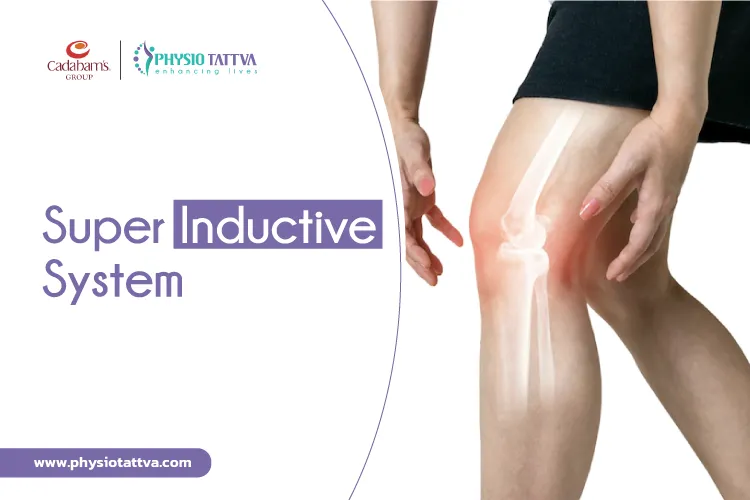

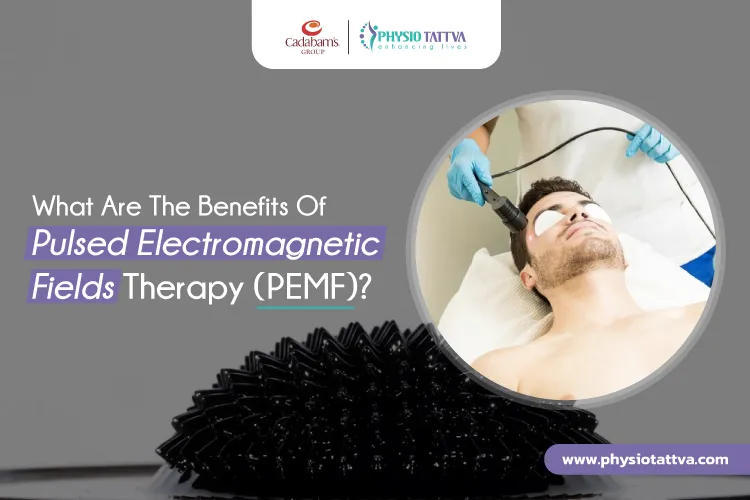

.webp)
.webp)


.webp)
.webp)

.webp)
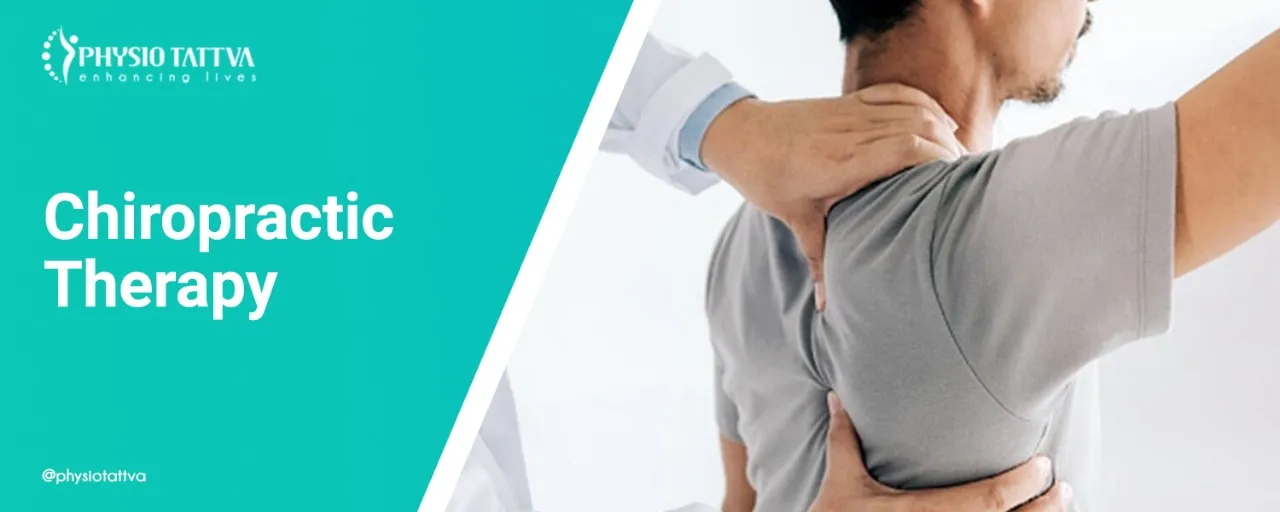
.webp)
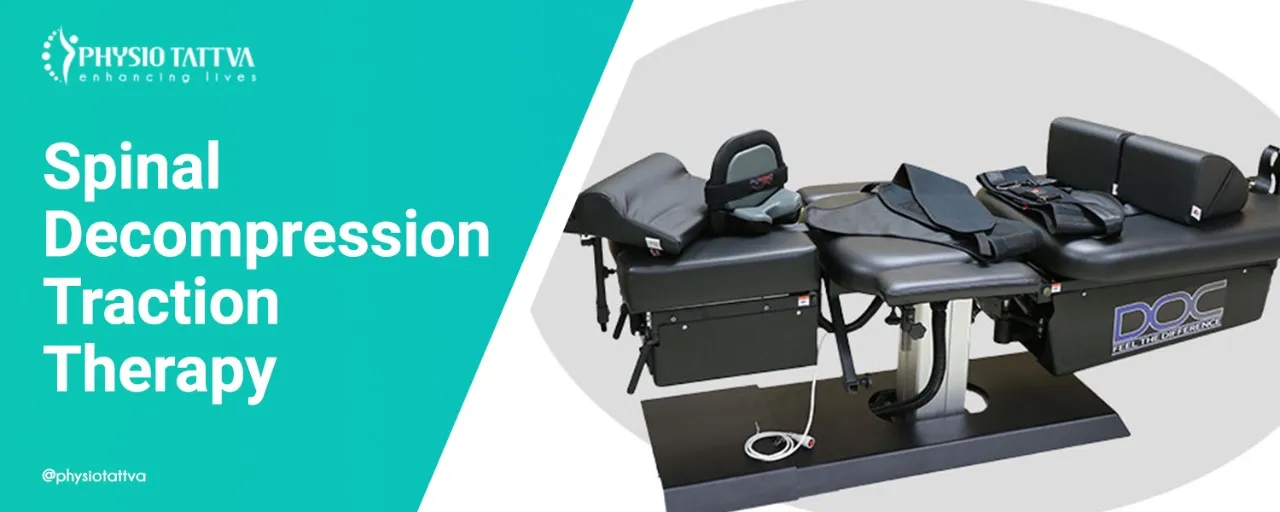
.webp)
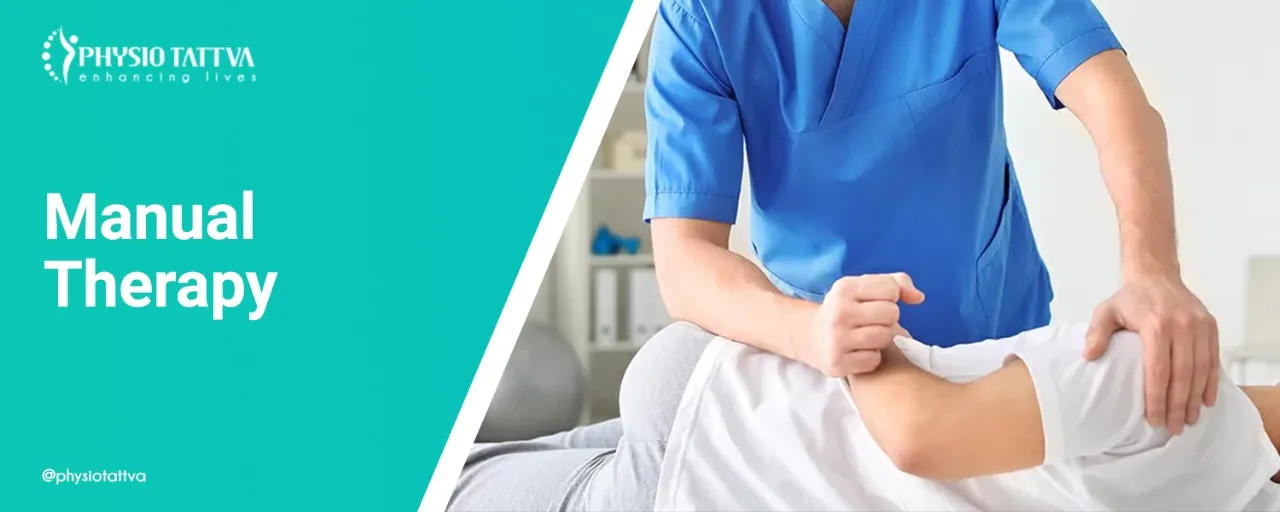
.webp)






.webp)



.jpeg)

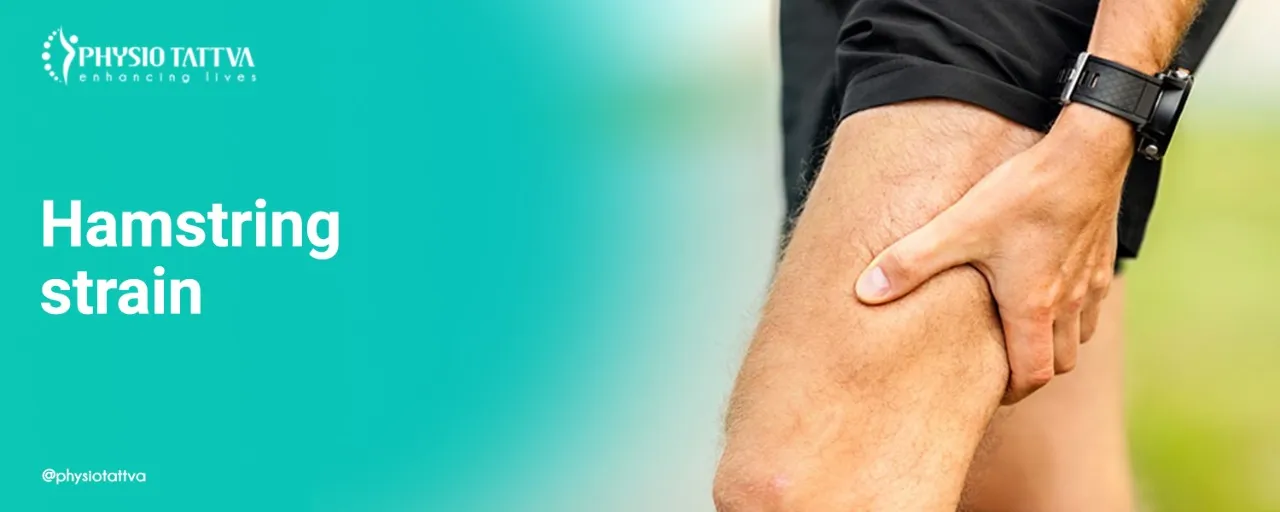

.webp)

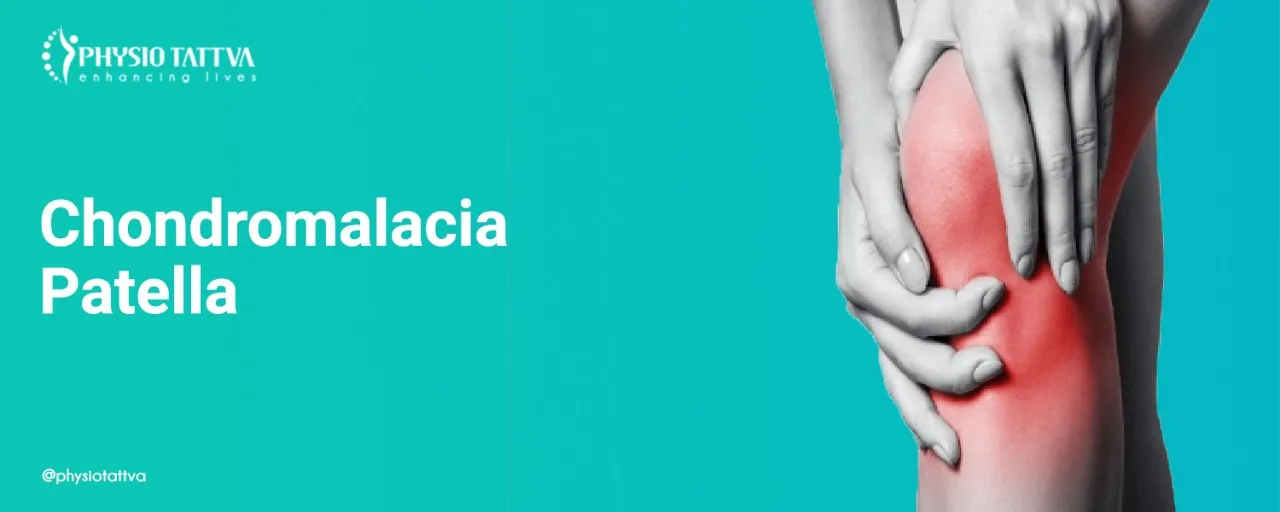


.webp)
.webp)

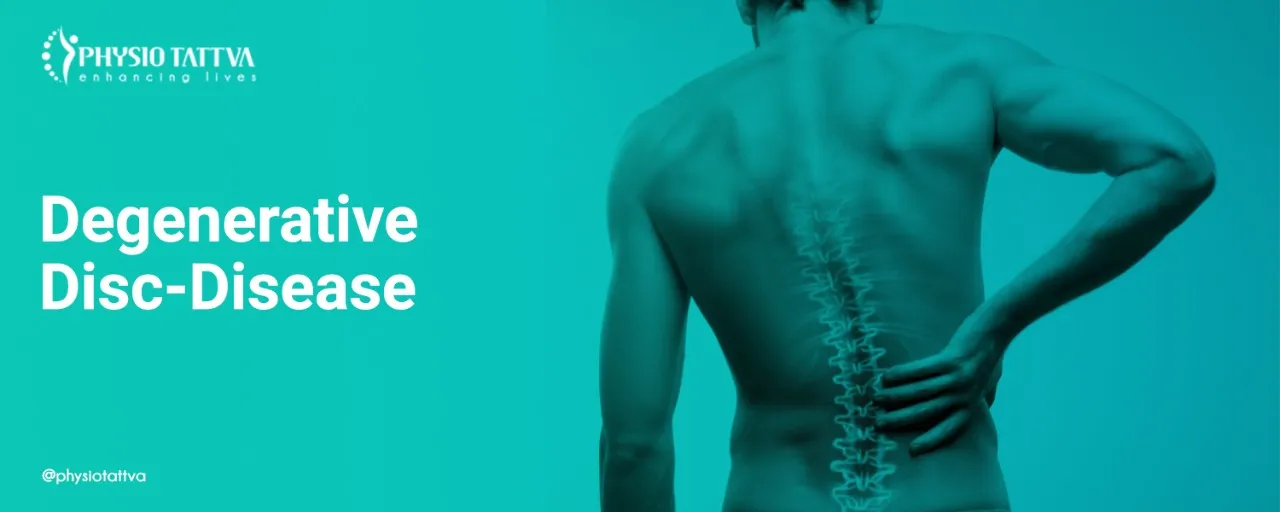





.png)









%20(1)-p-3200.jpeg)


.jpg)
.webp)
.webp)
.webp)

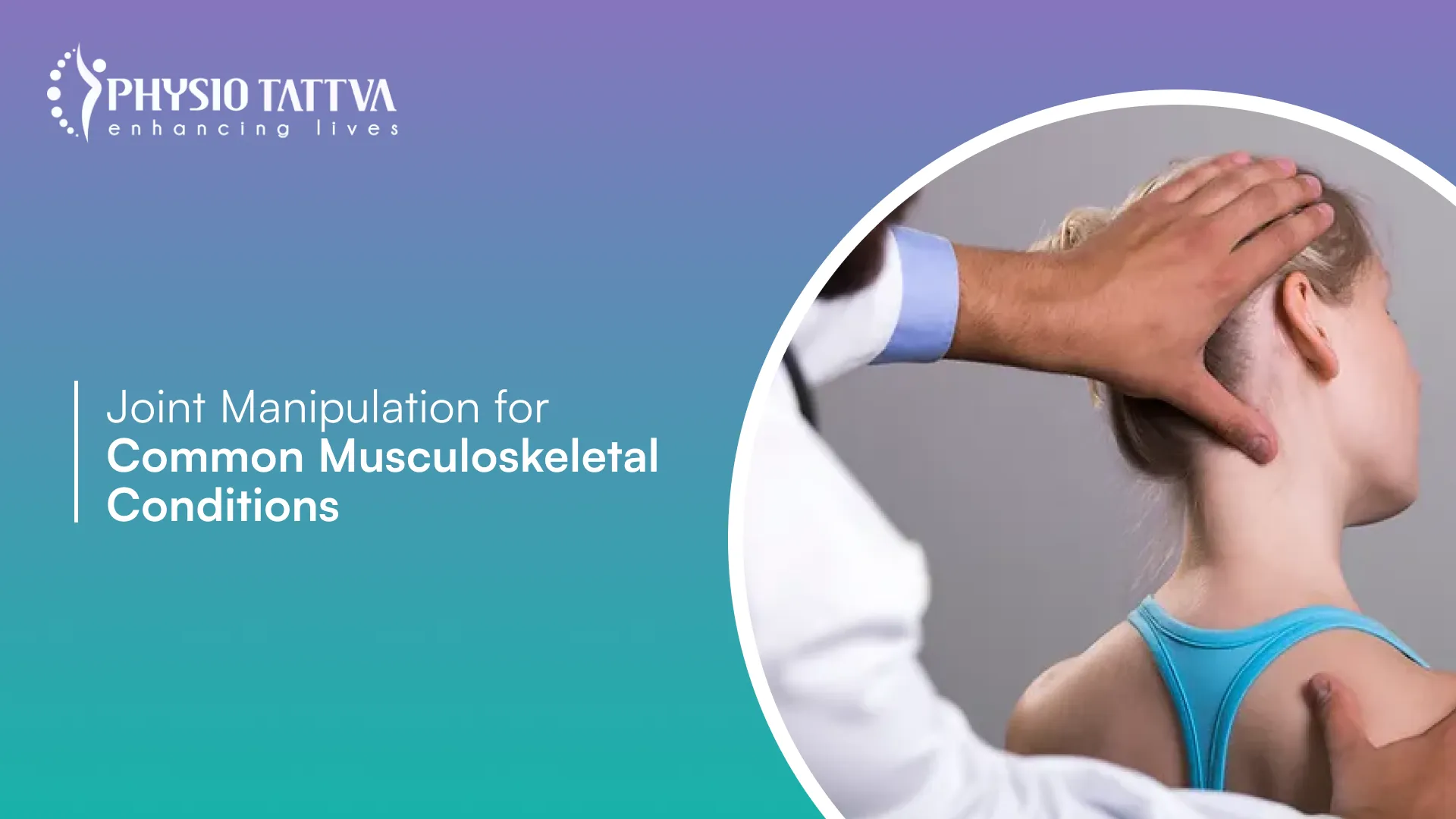
-min.webp)
